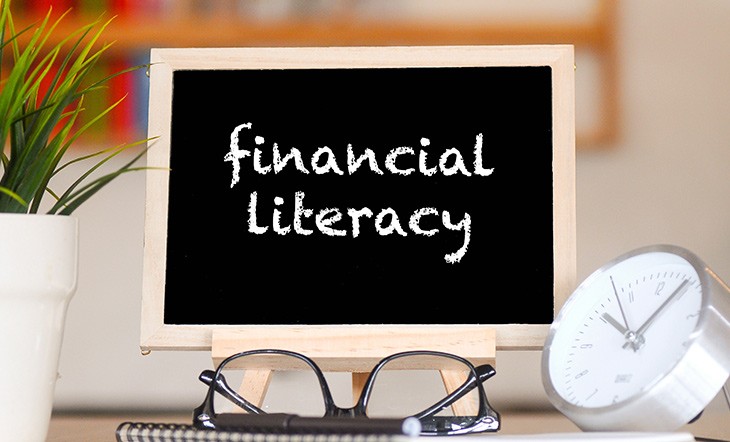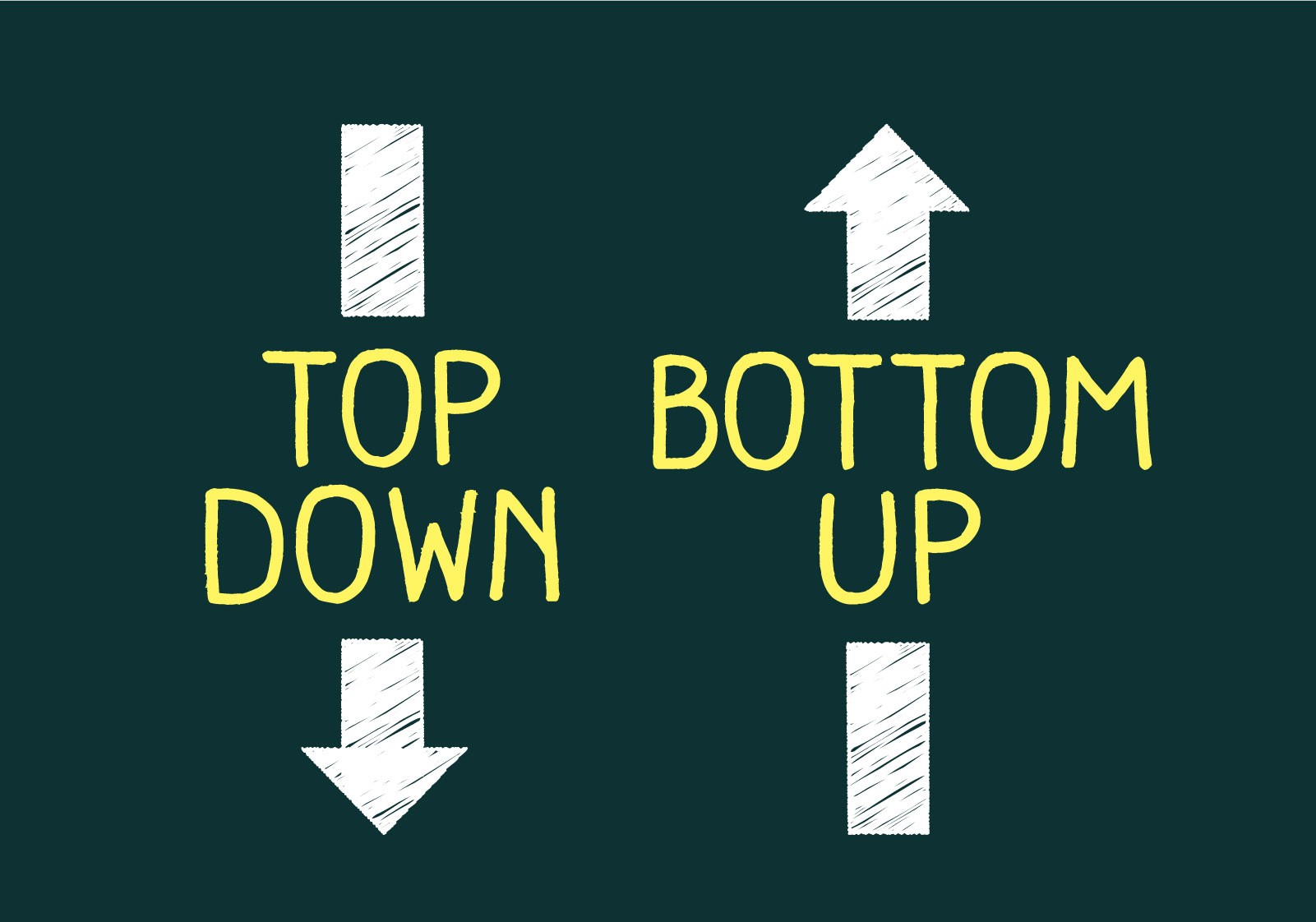4 Things You Can Do to Adapt Your Financial Plan to Market Fluctuations

Markets are dynamic and continually change owing to a variety of global and domestic factors. These market fluctuations can have a considerable impact on general investment strategies and a portfolio’s worth. A market swing in the positive direction can increase the reward for investors, while a downward strike can augment the risk and reduce overall returns. Most often, these market fluctuations can be anticipated. However, not all estimations hold accurate. Hence, you need to adapt to the changing market situations and ensure your financial plan makes the most of the opportunities and does not suffer.
Here are four essential things you can do to adapt your financial plan to market fluctuations:
- Build a buffer
- Keep the right portfolio mix
- Undertake active risk management
- Act only when necessary
Markets rise and fall with no certainty. And even though investment strategies deploy all possible near-to-accurate assumptions, it is hard to accurately ascertain how the market will respond to fluctuations. This can cause a substantial impact on the portfolio. Changes can render the market value of the investments to either increase or decrease. In both cases, a buffer fund can help. When the market experiences a downfall and the value of your investments tank, you can use the cushion to protect your financial plan from market vagaries. A supportive fund will help you stay put towards your goal and not divert the funds from one goal to another, such as retirement to children’s education.
The critical aspect is to know how much to save as a buffer stock. The ideal way is to save up to 15-20% of the financial goal’s value. This should factor in inflation and provide a futuristic estimate. For instance, if you are aiming to buy a house worth $20 million in the next 10 years, then your financial plan should earn at least 15% more than the current value. So, in this case, the earnings should be equal to $23 million or more. The difference between the two figures (23 -20) is the buffer fund that will help you adapt to the market volatility and safeguard the investment. That said, the cushion is also dependent on how critical your goal is and the available time horizon. For example, if your goal is to save for retirement, your buffer can be moderate. But for cases, where the financial goal is saving for a child’s education and the timeline is restricted, the extra savings will need to be more solid. Moreover, the asset class also impacts additional corpus. If your investments include more stocks and equities, then your buffer needs to be stronger because these classes are more volatile than debts and other securities.
A general notion that is often accepted as truth is that an investment means that you are adequately protected. However, reality is not the same. The risk that market changes impose is significant and could cause massive blows to your overall plan. The best way to mitigate the risk in critical times is to ensure that you have the right portfolio mix as per your risk appetite, age, time horizon, and financial goal. As an investor, your financial plan should include assets that are diversified based on asset classes, like stocks, bonds, cash equivalents, etc. and asset categories, such as large-cap, mid-cap, small-cap, and growth and value funds.
For a person at the age of 30, investing in equity makes more sense, since they can garner significant returns given the risk capacity. But for a person at the age of 57, who is close to drawdown in another 10 years, risking asset allocation in equity might not be the ideal scenario. The aim should be stabilized returns with capital preservation at this juncture of life. Hence, you must effectively balance risk and employ more debt versus equity. It is also important to assign a defensive cast to equity holdings but not completely seclude the latter. Another great option to protect your financial plan from market volatility is to invest in multi-asset strategies. A portfolio that involves active investments across many asset classes has a higher potential of gaining return from multiple sources. It can also adapt better to the changing market conditions. Moreover, the risk can be balanced by diversification across varied asset modules, subject to individual market conditions, which can optimally balance the risk.
Difficult times call for tough and proactive measures. In the face of volatility, you must maintain calm and adopt a very prudent approach to risk management. The idea is to not be passive. Instead, understand the movement of the market and opt for the strategy that does not compromise on the financial goal. You must be comfortable with your plan and stay invested. But you should also understand your tolerance for risk and undertake active risk management to ensure that your upper limit is not exceeded. If during a volatile market phase, you have funds that are more vested in high-risk assets, you can choose to de-risk your plan and swiftly opt for stabilized choices. But the decision should not be panic based. Instead, it should be driven by facts and logic. The aim is to keep a flexible and dynamic portfolio that is consistently adjusted with market fluctuations. This strategy allows an investor to navigate potential market shifts and seek out sectors of greater potential return. It also helps to avoid areas that can add uncalled risk to the portfolio.
A very important trick to remember during critical times is to stay put and not act in haste. Uncertain changes in the market can often persuade the investor to act instantly to maximize gains or reduce losses. However, acting in haste can often lead to the fallback of the ultimate financial goal. It is vital to train yourself to not react at the moment and let the short-term volatility pass. Perseverance in such times is very critical to the overall financial plan. During a low blow, the investors might be tempted to pull out of the market, but that may cause them to lose out on potential market rebound gains. Eventually, for long term investors, the market rises and helps them even out their returns. As is evident, despite intra-year volatility, the S&P 500 Index in the U.S. recorded a positive return in 24 out of 30 years considered in the research. Thus, the best method to endure volatility and safeguard your financial plan is to stay committed to a long-term goal and maintain a well-diversified portfolio. Do not follow the loss aversion strategy. Instead, focus on acquiring gains in the long-term.
To sum it up
The market mood is such a volatile concept, that a small change can drastically affect the whole plan and jeopardize it if you do not adapt in time. It is rational to be prepared rather than to expect how the market will behave and then act. Market fluctuations are even more significant in the current day and age. In unprecedented times, such as during the COVID-19 pandemic that globally affected the world in 2020, some factors have the power to shake even the strongest global economies. It is very critical to have a financial plan that can withstand the not so favorable market swings. To ensure you follow an all-weather approach, get professional advice from experienced financial advisors.







.jpg)












.jpg)





.jpg)


.jpg)


.jpg)














.jpg)




.jpg)






.jpg)

.jpg)







.jpg)

.jpg)






.jpg)




.jpg)
.jpg)

.jpg)



.jpg)





.jpg)
.png)
.jpg)



.jpg)

.jpg)





.jpg)

.jpg)


.jpg)
.jpg)
.jpg)
.jpg)
.jpg)

.jpg)



.jpg)




.jpg)
.jpg)


.jpg)
.jpg)
.jpg)
.jpg)
.jpg)

.jpg)




.jpg)
.jpg)


.jpg)
.jpg)
.jpg)
.jpg)

.jpg)

.jpg)













.jpg)

.jpg)



.jpg)




.jpg)











.jpg)



